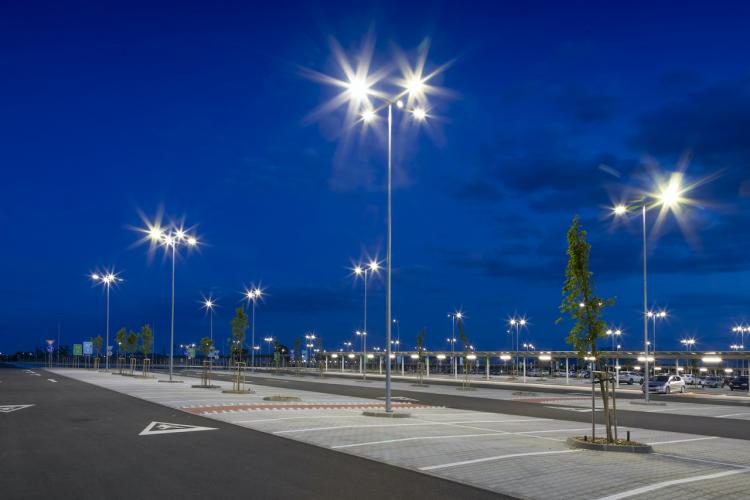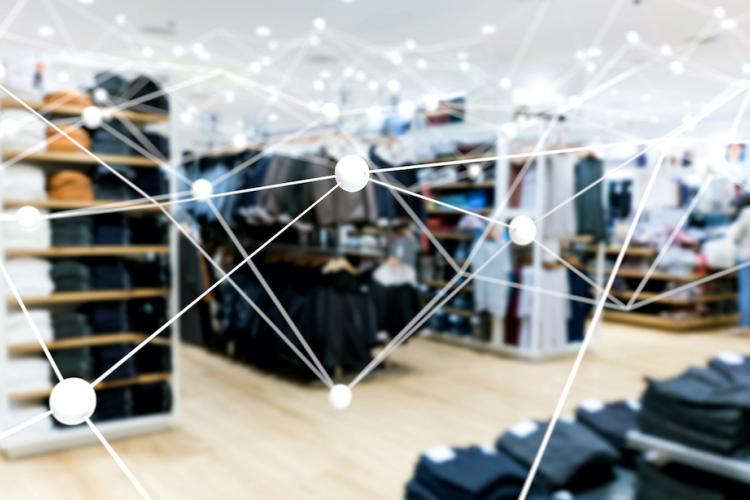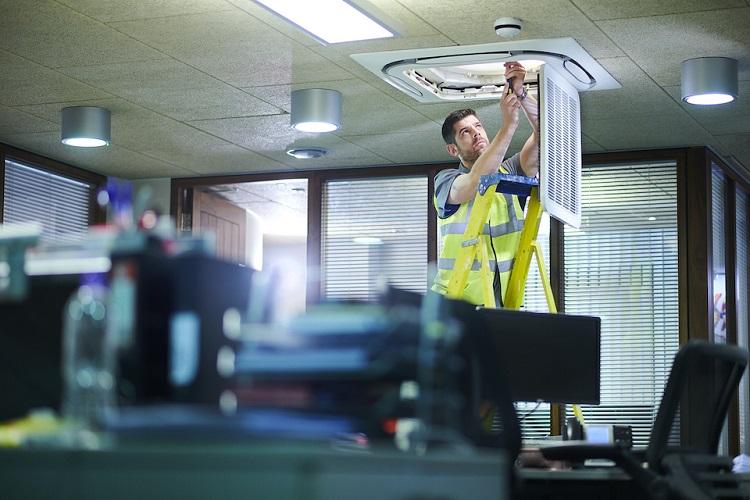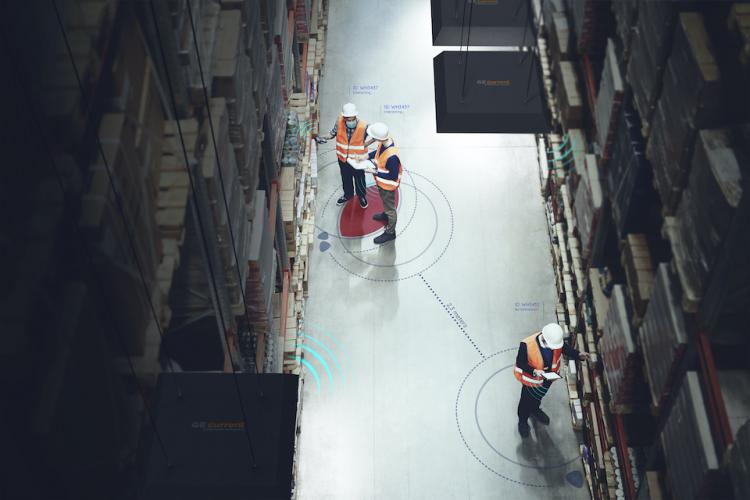5 Transformative Trends in Retail
5 Transformative Trends in Retail
What factors are reshaping retail? How is store design different? We go around the industry for answers…
1 | Enter Analytics
With technologies such as Wi-Fi®, Bluetooth® and video analytics entering the market, retailers are starting to leverage these platforms to gain a deeper understanding of customer behavior in the store, cites Forrester research. Intelligent platforms can provide insights that were previously available only in the e-commerce channel and can affect many aspects of the business, including loss prevention, marketing and merchandising. Of course, the deployment of in-store analytics presents challenges, from a lack of clearly defined uses, to the difficulty of marrying analytics with enterprise data, to customers’ privacy concerns.
2 | Info Is “In”
New research from Google suggests the relationship between digital and in-store shopping is more nuanced and interconnected than many realize. Foot traffic is down, online research is up and smartphones are increasingly important to the shopping journey. With two in three consumers not finding the information they need in-store—and with 43 percent of those leaving frustrated—digital experiences present an opportunity for retailers to improve the shopping experience.
3 | The Future Fulfillment Center
Employees must now juggle the needs of in-store customers and those outside the store, explains the National Retail Federation. Increasingly, consumers want to receive merchandise on their terms. As a result, retail brands in every category are challenged to help their stores sell, ship, transfer and return merchandise for transactions that originated in channels and locations outside the four walls of the store.
4 | Less Is More
“More retailers are looking for ways to do more with less—less energy and less budget,” observes Neil Maldeis, an engineer with Trane indoor comfort solutions. And it’s little wonder, considering the U.S. Energy Information Administration’s findings that of the almost 5 million commercial buildings in the U.S., retail buildings account for the largest energy costs—nearly $20 billion each year—and are also responsible for the second largest percentage of greenhouse gas emissions. “Clearly, there’s keener interest today to know how buildings are performing and where improvements can be made in HVAC, lighting, plumbing and insulation.”
5 | Branding (While Saving) With Light
As stores create more immersive shopping experiences, space design—and lighting especially— must accommodate these concepts. Retail lighting in particular is moving toward more flexible designs that align more closely with the architectural vision of a space, reports The Institute at Nela Park. Store owners want efficient and inconspicuous light sources without sacrificing color and quality, and LED options are proving popular.
Explore what’s possible with smart LED and other technologies for retail with Current.







